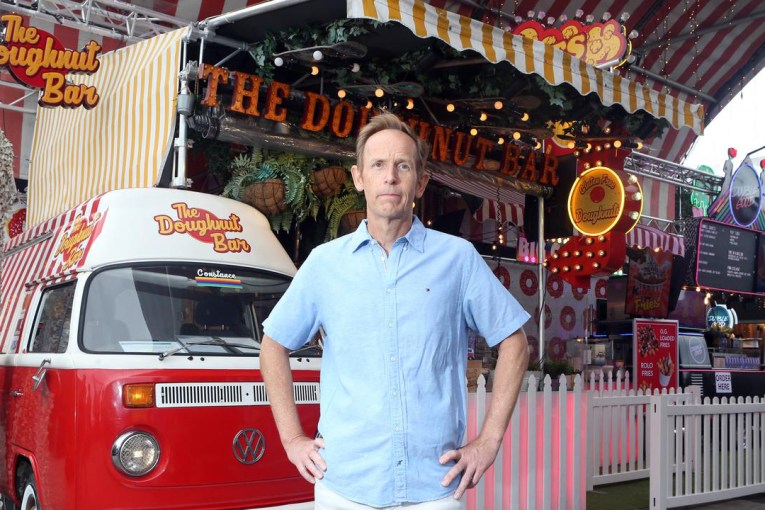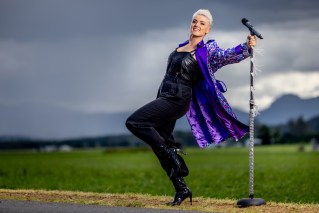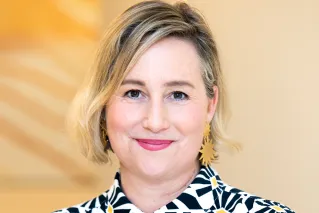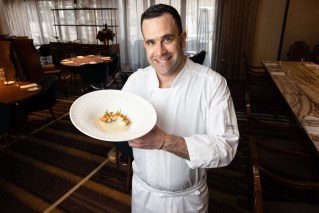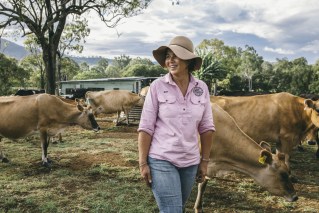Tales and trails of our outback – the massive part of Queensland we know little about
The Outback is one of the most bandied-about terms in the nation’s lexicon, and conversely little is understood about the vast area. The reality and perception are poles apart, while the actual differences are genuinely surprising and interesting, writes Greg Hallam.


Temperatures of more than 40C are expected in parts of outback Queensland as a heatwave moves across the state. Photo: ABC
For city slickers its out right confusing to try and separate the terms rural, remote, the bush and the Outback. There are no maps as such and to the authors’ mind it’s best described as the back third of Queensland.
Arguably, it starts west of the Great Dividing Range (think West of the Matilda Highway), maybe at the Black Stump located in Blackall.
It certainly doesn’t start at Ipswich, or include Toowoomba. It’s also reasonably held that the Outback doesn’t include Cape York.
There are lots of myths and surprises when it comes to the Outback. The facts are always more interesting than the fiction.
Queensland’s circa 160 years history, until the last 50- 60 years, has been one of east-west development. In the 19th century ports were established along the Queensland coastline, serviced by three major railway lines – Townsville to Mt Isa, Rockhampton to Longreach with a spur line to Winton, and Brisbane to Charleville .
Think Sugar Cane through ports in Cairns, Mackay, Bundaberg; wool, meat and wheat (and later minerals) from the west through Townsville, Rockhampton and Brisbane.
Then there are the north-south connecting roads in the Outback, in particular the second National Highway which in large part is the Matilda Highway.
Yes , it is true, that every one of the many towns on the Matilda Highway are exactly 100km, or one hour, apart – a function of how far the Cobb and Co horse drawn stage could travel in a day.
It’s also true that the Outback has a series of surveyed and dedicated “grass “roads known as Stock Routes which enable stock to move from one location to another – often sales yards, or rail heads, and in drought it acts as agistment for periods of time as drover-guided mobs of cattle search for better pastures.
Drovers are still real, albeit they use motor bikes and quads, as well as horses, and tow caravans with satellite rigs on the roof.
Outback councils employ stock route inspectors to ensure pasture and watering points on the Stock Route are maintained and ensure that stock move at least 10 kms every day, to avoid Outback cattle “ traffic jams”.
Trips on the Stock Routes can last from weeks to months.All up Queenslands Stock Route Network is 72000 kms long.Grey Nomads be warned that while every Stock Route is not a road, every council or main road is a designated stock route and cattle have right of way.
Interestingly, much of the pastoral and urban water supply comes from the Great Artesian Basin which astoundingly is sourced in the New Guinea Highlands and runs under the Torres Strait. It comes out of the ground via bores that are as deep as 1km and at a temperature as high as 80 degrees celsius. It has to be cooled through pipes and ponds before it’s fit for human consumption.
Travellers are often shocked by the relatively strong sulphur smell of tap water in some towns, safe as it is. Tell the kids the water is aged from 100,000 to one million years old.
Finally, the Outback isn’t a series of farms owned by locals. This is grazing land with an estimated 3 million cattle on that country. Properties are measured in the hundreds of thousands of hectares and valued in the tens of millions of dollars. The highest value sale in 2022 was $380m for Mark Menagazzo’s former Gulf Coast Co’s agricultural assets.
Shattering another myth, the majority ownership of the Outback grazing properties are owned by listed or private companies including Canadian Superannuation Funds. The big players are AA Co, Napco ( Queensland Investment Corporation), MDH Pty Ltd, Daniels Family, Stanbroke, Kidman, Arrabury Pastoral etc. These companies are the majority ratepayers in many of the Outback Shires.
The Outback towns are literally oases on the shimmering plain. Various state and federal governments have showered hundreds of millions on these towns in the past 30 years meaning their environs are green and welcoming while their facilities are first class.
They certainly aren’t backwaters and their inhabitants as well as the pastoral communities are globalists in outlook, having been free traders (and boarding school educated) for much of their existence, the long dead Wool price floor and stockpile aside.
Don’t be surprised when the bar staff at the friendly pub are Irish or Swedish. These are very modern and progressive communities.
The Queensland Outback is a treasure.
Greg Hallam is a former long-term Chief Executive of the Local Government Association of Queensland. An expert on the state beyond the south-east corner, he writes occasionally for InQueensland
